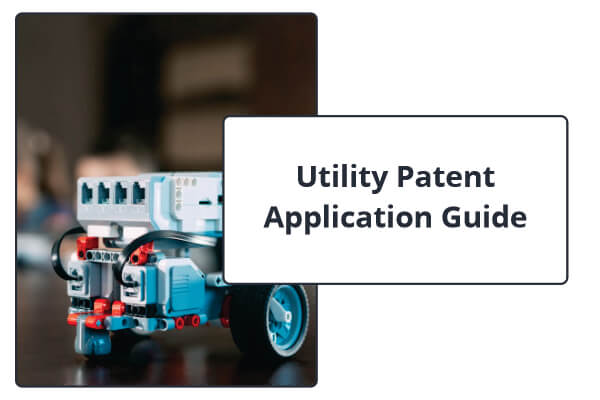A utility patent protects how a claimed product works. Since there are three types of patents – Utility, Design and Plant, it is important to understand the distinction among the three. A utility patent example can help get an idea of how a utility invention patent application looks like.
To begin with, let us first understand what a utility patent protects. It protects the product, process or machine. In other words, if you come up with a new process, chemical compound, method or a manufactured product it gets protected as a utility patent. Also, it encompasses improvements (innovations) in the existing products.
A utility patent is further divided into three categories:
- Chemical
- Electrical and
- Mechanical
Once you understand that your invention falls under the category of a utility patent make sure it falls under the patentability criteria set by the USPTO. You can find this out by conducting a thorough patentability search.
For better understanding, read- How to Conduct Patent Search: A Quick Guide.
How Utility Patent Examples are Important?
It works this way; you have come up with an invention and looking forward to getting a patent for it. Or maybe you are in the middle of creating an invention but want to secure it as your own legally. But, at this very step, you are confused about how to take it further. Consider filing a provisional application.
- If you are in the middle of inventing something but are not ready for final submission to the USPTO consider filing a provisional application.
- It is a cheaper way of securing your invention at least for a period of a year. After this period file a non-provisional patent application for the patent grant of 20 years.
- It temporarily secures the invention in your name.
Essential Documents for a Utility Patent
A patent for utility-based invention requires some basic documents that are essential for getting patent in your name. These requirements are set by the USPTO.
Utility Patent Application Transmittal Form:
It comprises the list of all the elements that make up a patent application. It is mandatory to complete it and signed by the applicant if you submit it with the application. If there are more than 1 inventor, then all of them need to sign the transmittal form can give power of attorney (POA) to one of them to sign the correspondence on behalf of them.
Fee Transmittal Form: this form describes the fees that you submit with the patent application. That is, with a non-provisional patent application, there are basic filing fees, search fees, and examination fees.
Application Data Sheet:
This sheet contains bibliographic data of inventor’s information, applicant information, correspondence address, application, domestic benefit, foreign priority, and assignee information.
Specification:
This is the part that contains the claims, and hence is the most crucial part of the patent application. It also includes the written description of the invention.Make sure you write it in full, clear, concise and exact terms that any person knowledgeable in the same field of technology or science would understand the invention. Only related information to the invention is entertained in this section.
Following are the elements of the specification:
Title of Invention:
The length of the title is between 2 to 7 words and cannot exceed a character length of 500 words.
Cross-Reference to Related Applications:
If your application is with an earlier filed provisional or non-provisional patent application, you may identify the applications after the title of the invention.
Statement regarding Federally Sponsored Research or Development:
If you are a federally sponsored applicant, simply state this fact at the beginning of the application.
Reference to a “Sequence Listing” (if Applicable):
Information like gene sequence listings, tables of information (more than 50 pages).
Background of the Invention:
Provides a context to the invention. It describes any information known to the applicant in reference to the invention.
Summary of the Invention:
This section gives a general idea of the claimed invention. It states the purpose, advantages of the invention and how it solves the existing problems that you mention in the background of the invention.
Description of Drawings:
If there are drawings, include a list of all figures by number as Figure 1, Figure 2, etc. with corresponding statements explaining what each figure portrays.
Description of the Invention:
In this part explain the making and use of the invention in clear and concise terms.The description is such that anyone knows about that technology can make and use the invention without any extensive help.
Claim(s):
Claims define the part of the invention that you seek patent protection for. Claims are one-liner statements. Also, the minimum number of claims in an application is at least 1.
Abstract of the Disclosure:
This part describes what is new about the invention in a narrative form. Begin it with a new page and do not exceed the word length from 150 words.
Drawings:
Drawings and illustrations make the invention more understandable. Hence, most of the utility patent applications contain drawings. Also, depict every feature of the inventionjust the way you specify in the claim(s).
The Inventor’s Oath or Declaration:
Through the oath, the inventor acknowledges himself/herself as the original or joint inventor of the claimed invention. To certify that, the inventor includes his/her legal name and personally signs the document.
These are the major sections of a non-provisional utility patent application. Some of the sections like claims and drawings are not mandatory for a utility patent example.
How to Get a Utility Patent?
Now that you know what a utility patent is, you must be looking forward to knowing how you can obtain it for your invention. Here is a step by step elaboration for a fair understanding of the same:
Patentability Search:
Start with a patentability search. Although this step is not mandatory, it gives a hint of whether your invention is patent-eligible or not. Make a point to cover all the prior art related to your invention.
To understand this in detail, read – How to Conduct Patent Search: A Quick Guide
Prepare Patent Application:
Once you are sure that your invention is patentable, prepare a patent application. You can either go for a provisional or non-provisional patent application. Do consult a patent attorney in even a slight incident of confusion.
You can also refer to our Patent Drafting Guide, to get a clearer view.
File the Application:
If you intend to get a patent in the US, file your application with the USPTO. But, before applying make sure that your application is up to the mark. In other words, it should meet all the specifications set by the patent office. If any information is missing, the USPTO will simply come up with an office action against your patent application.
In such a scenario the inventor files an office action response with the required corrections.
Prior to this step, your patent applications get published in the patent journal. At this point, your application is available to the public to make them understand the kind of invention seeking a patent. Also, at this point, a case of infringement might arise. If that happens consult with your patent attorney.
If the USPTO found your invention to be patentable within the US jurisdiction, you will get a patent grant. Otherwise, your application will get rejected.
Your invention is invaluable; make sure you take all the sincere steps to protect it.
Our Approach:
Utility patent applications need the finest of patent illustrations and drawings for better enforceability of their patents. Also, USPTO and other patent offices have strict guidelines for making patent illustrations. If you consider adding illustrations to your patent application, Professional Patent Illustrators is at your service. We have always worked to improve our standards with passing time. Our patent illustrators hold years of experience drafting illustrations as per the patent office guidelines. Also, we provide our services at budget-friendly rates. For your reference, you can find ourillustration samples by making a little inquiry. To know more, give a visit to Professional Patent Illustrators.


